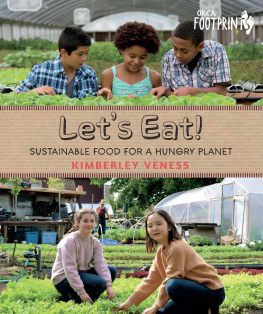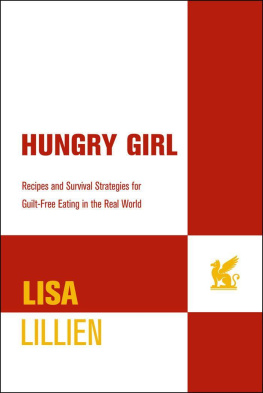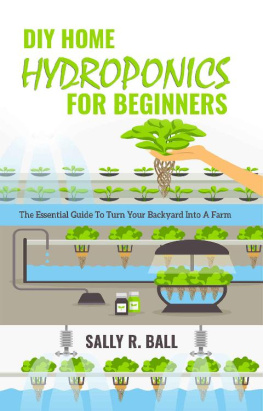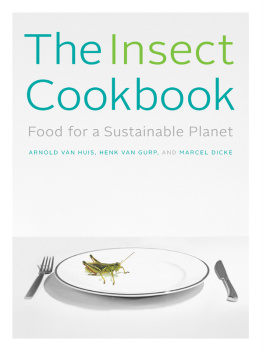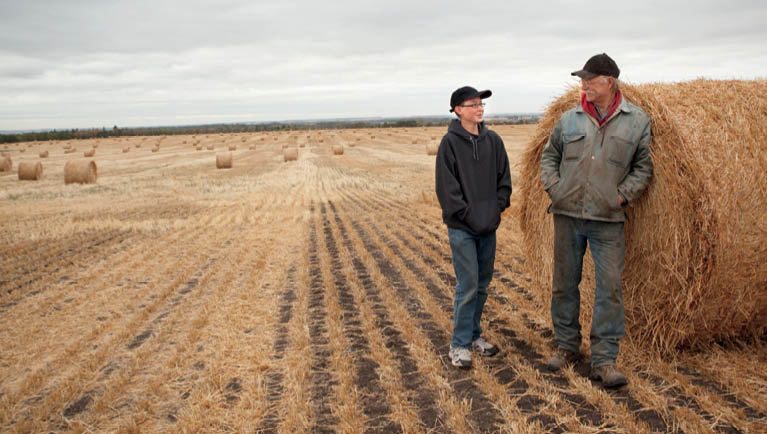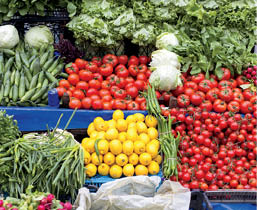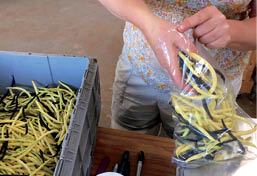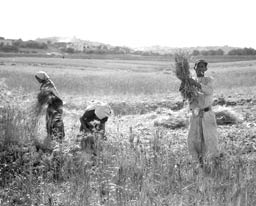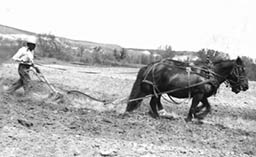Kimberley Veness - Lets Eat: Sustainable Food for a Hungry Planet
Here you can read online Kimberley Veness - Lets Eat: Sustainable Food for a Hungry Planet full text of the book (entire story) in english for free. Download pdf and epub, get meaning, cover and reviews about this ebook. year: 2017, publisher: Orca Book Publishers, genre: Children. Description of the work, (preface) as well as reviews are available. Best literature library LitArk.com created for fans of good reading and offers a wide selection of genres:
Romance novel
Science fiction
Adventure
Detective
Science
History
Home and family
Prose
Art
Politics
Computer
Non-fiction
Religion
Business
Children
Humor
Choose a favorite category and find really read worthwhile books. Enjoy immersion in the world of imagination, feel the emotions of the characters or learn something new for yourself, make an fascinating discovery.
- Book:Lets Eat: Sustainable Food for a Hungry Planet
- Author:
- Publisher:Orca Book Publishers
- Genre:
- Year:2017
- Rating:5 / 5
- Favourites:Add to favourites
- Your mark:
Lets Eat: Sustainable Food for a Hungry Planet: summary, description and annotation
We offer to read an annotation, description, summary or preface (depends on what the author of the book "Lets Eat: Sustainable Food for a Hungry Planet" wrote himself). If you haven't found the necessary information about the book — write in the comments, we will try to find it.
All the food you eat, whether its an apple or a steak or a chocolate-coated cricket, has a story.
Lets Eat uncovers the secret lives of our groceries, exploring alternativeand sometimes bizarrefarm technology and touring gardens up high on corporate rooftops and down low in military-style bunkers beneath city streets. Packed with interesting and sometimes startling facts on agriculture around the world, Lets Eat reveals everything from the size of the biggest farm in the world to how many pesticides are in a single grape to which insect people prefer to eat.
Kimberley Veness: author's other books
Who wrote Lets Eat: Sustainable Food for a Hungry Planet? Find out the surname, the name of the author of the book and a list of all author's works by series.

